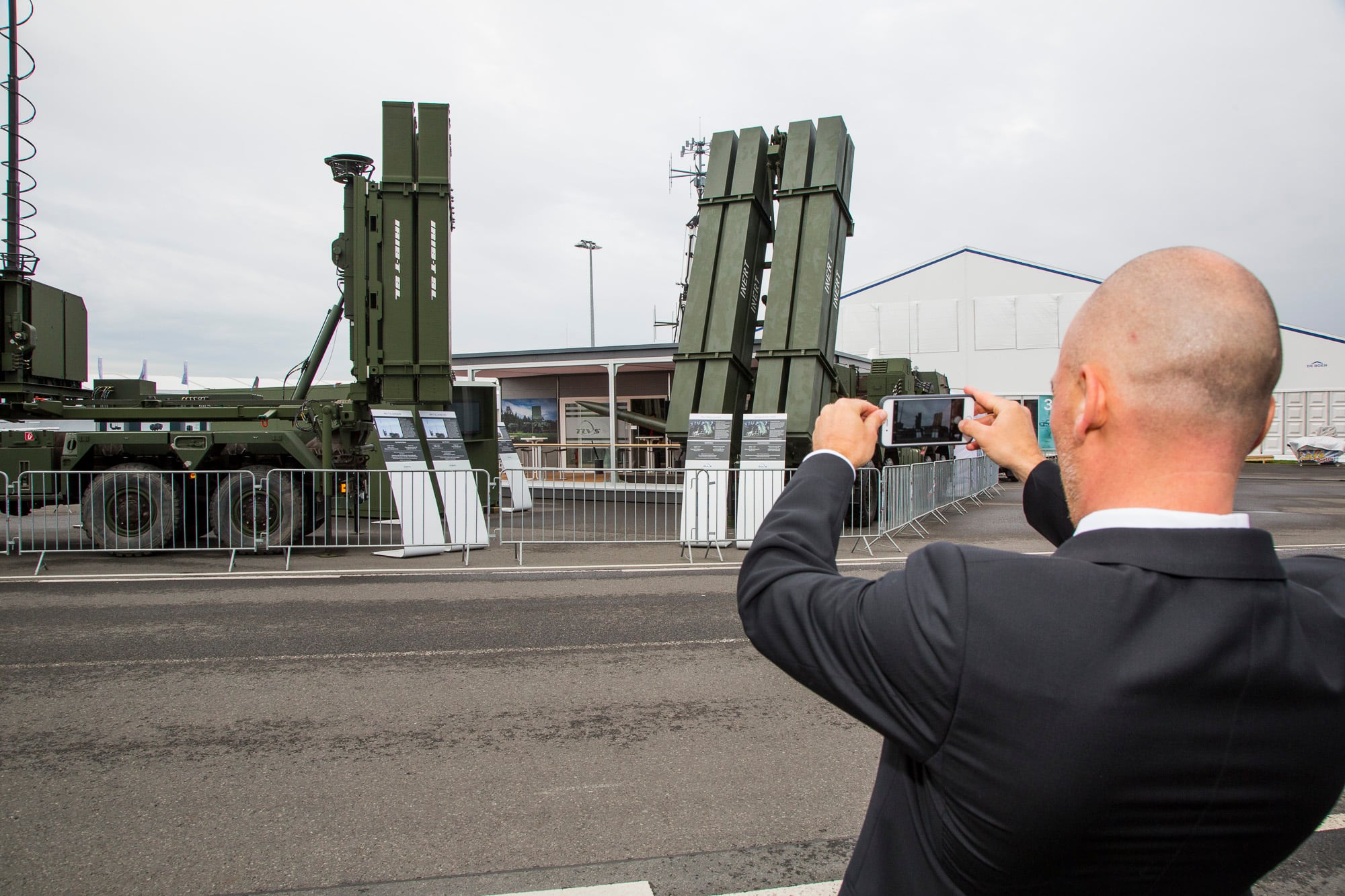LONDON — The consolidation of Europe’s fragmented armored-vehicles market inched forward this month as Rheinmetall took control of BAE Systems’ U.K. activities in the sector.
The two land-systems giants pressed the start button July 1, consummating a joint venture agreement that gives the German company a 52 percent stake in a new U.K. operation known as Rheinmetall BAE Systems Land.
Rheinmetall said in a statement accompanying the announcement that it was “continuing to pursue a strategy of industrial consolidation” with the joint venture.
One industry executive, who spoke on condition of anonymity, said: “There are some concerns in the British supply chain, but generally it’s a good deal for BAE, as it brings work into their Telford site; and it’s obviously a very good deal for Rheinmetall, as it gives them a footprint in the U.K. I think it was what the U.K. government were encouraging, as well — they have always been keen to invite in primes with deep pockets.”
Click here to see the Top 100 global defense companies.
A second industry executive here, who also spoke on condition of anonymity, said U.K. armored vehicles have not been a strategic business for BAE for the best part of a decade, after the company lost big competitions to update the Warrior infantry fighting vehicle and to build the new Ajax reconnaissance vehicle fleet to Lockheed Martin and General Dynamics, respectively.
Both U.S. companies have invested in armored-vehicle facilities in Britain on the back of the contract wins.
“I wouldn’t be surprised to see BAE eventually sell down its stake here,” the second executive said.
BAE continues to operate significant armored-vehicle businesses in Sweden and the United States, and the company has a share of Turkish manufacturer FNSS.
Based at BAE’s Telford site, the joint venture will include the U.K. company’s extensive catalog of British Army in-service vehicles but not its munitions and weapons activities, including the CTAI 40mm cannon joint effort with France’s Nexter.
Notably, the new joint venture should soon provide a potentially significant backlog of new business if, as expected, it secures deals to build a mechanized infantry vehicle and update Challenger 2 tanks for the British Army.
RELATED

BAE’s armored-vehicles business in the U.K. has been in decline for years, partly because the government pursued open-door procurement largely aimed at breaking the British company’s hold on the market. The strategy has altered the face of the British industry landscape. And the latest joint venture deal effectively puts control of Britain’s entire mainstream armored-vehicle design and manufacturing capabilities in foreign hands, with Rheinmetall joining General Dynamics and Lockheed Martin as the key primes in the British sector.
Supacat, a boutique designer and builder of innovative armored and high-mobility vehicles, now effectively carries the flag for Britain in the sector.
Britain’s open-market policy is in contrast to what happens elsewhere in Europe. Take Italy, for example. While Britain was saying farewell to a domestic champion, Italy’s defense-vehicle industry has been pulled back from the brink by the release of delayed funding following months in which staff were furloughed and facilities were at risk of closure.
Last month the Italian government announced it was freeing up €2.2 billion (U.S. $2.5 billion) in funding to relaunch two programs — the wheeled Centauro II tank and the VBM Freccia armored vehicle — after the cash was frozen for two years. Both vehicles are manufactured by a consortium of Iveco and Italy’s Leonardo.
An Italian defense source said the consortium would have closed down its Bolzano facility during the 24-month wait for funds were it not for work on amphibious vehicles for the United States.
It’s the sort of difference of approach at the national level that continues to bedevil efforts to restructure armored-vehicle manufacturers across a region that, according to a recent report by the think tank Rand Europe for the European Defence Agency, has 18 major manufacturers in the sector — twice as many as the United States.
“In general, the European defense industry is largely focused on answering to national armament needs,” EDA Chief Executive Jorge Domecq told Defense News. “Of course, we see more and more multinational programs emerging; however, the majority of projects and programs still concentrates on fulfilling short-term national capability requirements. In the mid and long term, we need to overcome the fragmentation of the European defense sector through multinational capability projects.”
Tom Kington in Rome and Sebastian Sprenger in Cologne, Germany, contributed to this report.
Andrew Chuter is the United Kingdom correspondent for Defense News.








